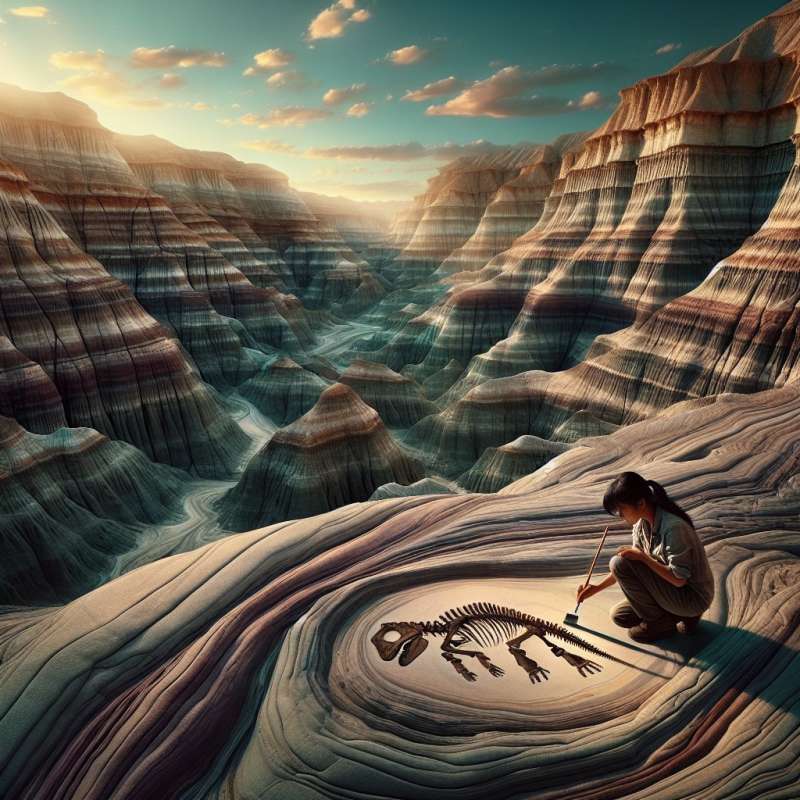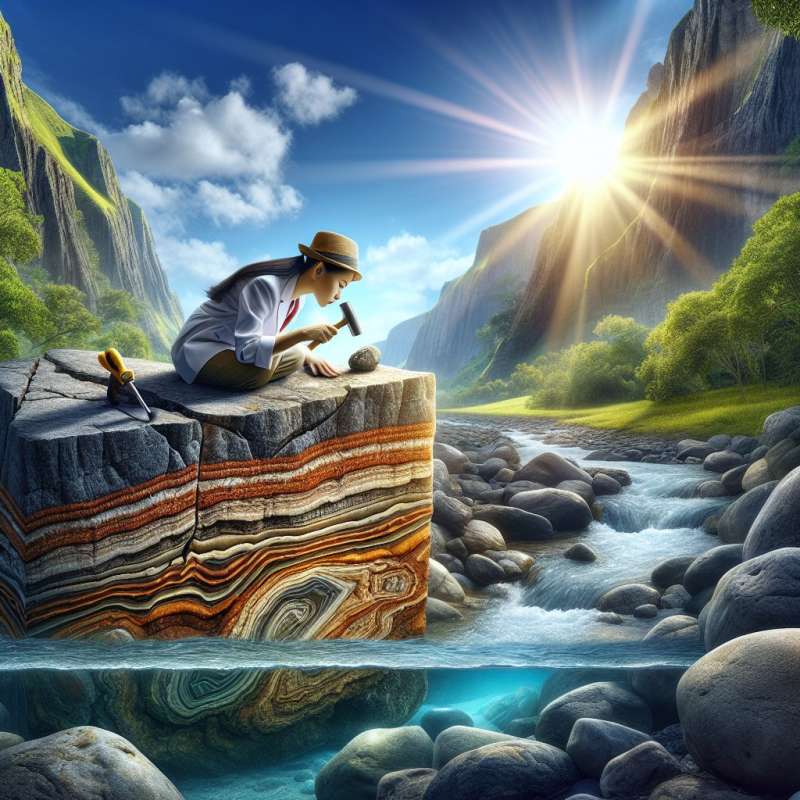
Rock Cycle Introduction
The rock cycle is Earth's natural recycling process, transforming rock types through heat, pressure, and time. Surprisingly, it's powered by plate tectonics, which are often more associated with earthquakes.
Igneous Rocks Formation
Igneous rocks form from cooled magma or lava. Intriguingly, the fastest observed lava cooling created volcanic glass, not typical igneous rock, due to rapid heat loss.
Sedimentary Rocks Unveiled
Layers of sediment compress over time to form sedimentary rocks. Fascinatingly, some of the Earth's most revealing fossils are found within these rocks, not in igneous or metamorphic ones.
Metamorphic Process Mysteries
Metamorphic rocks arise from transformation under extreme pressure and heat. Remarkably, the process can realign minerals, creating new textures and patterns without melting the rock.
Rock Reincarnation
One rock type can become another, such as sedimentary rock morphing into metamorphic. It's a lesser-known fact that this transformation can reverse, given the right conditions.
Transitional Intermediates
Between major rock classes, there exist intermediates with mixed characteristics, challenging the traditional rock cycle model. This complexity is often overlooked in simplified diagrams.
Cycle Speed Variations
The rock cycle doesn't have a set duration. Some rocks take millions of years to form, while others, like volcanic glass, can form almost instantly after an eruption.Diamonds from Space
Shockingly, some diamonds found on Earth are thought to originate from meteorite impacts, linking the rock cycle to extraterrestrial events.
What powers the rock cycle?
Sun's radiation
Plate tectonics
Ocean currents
Company